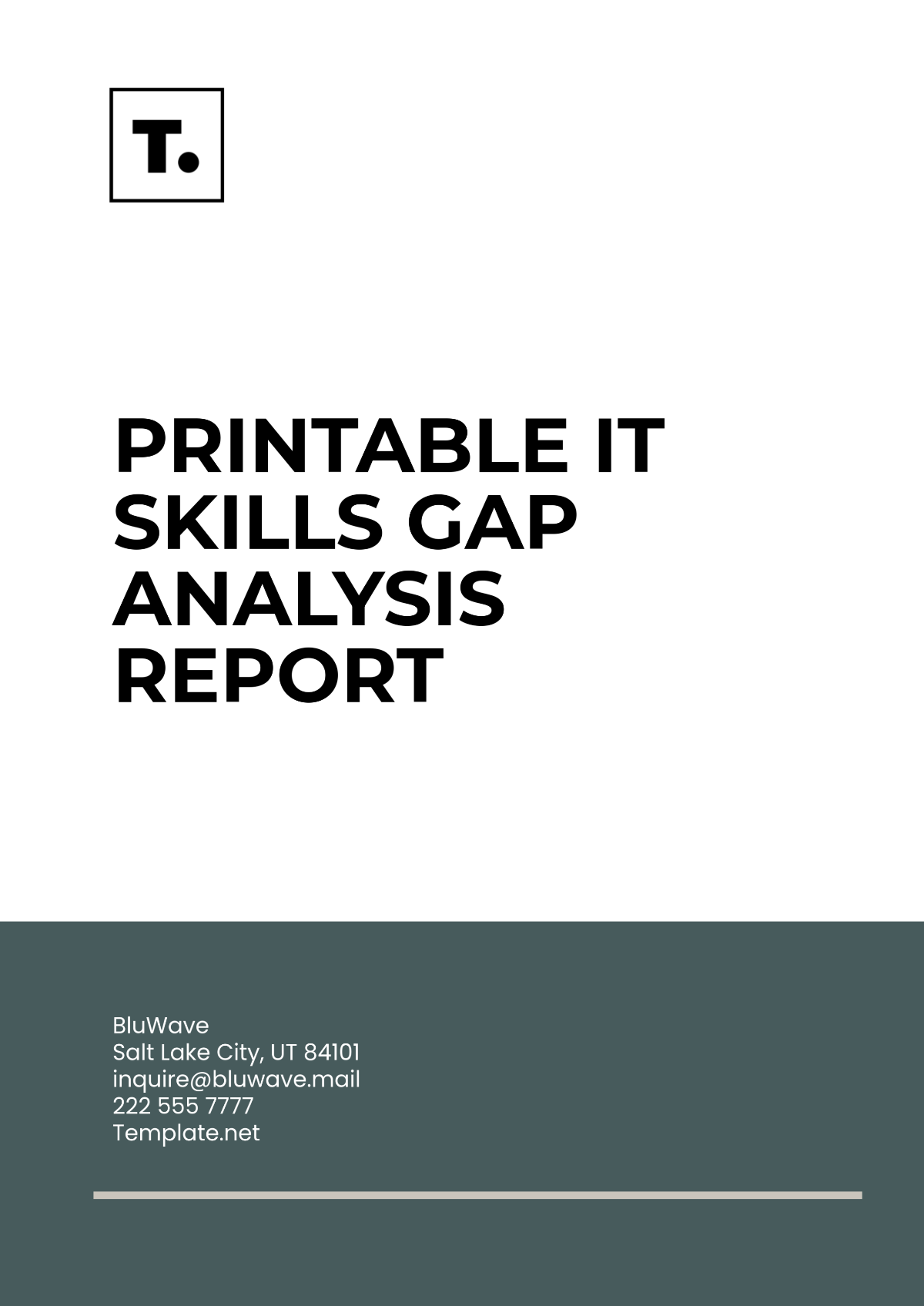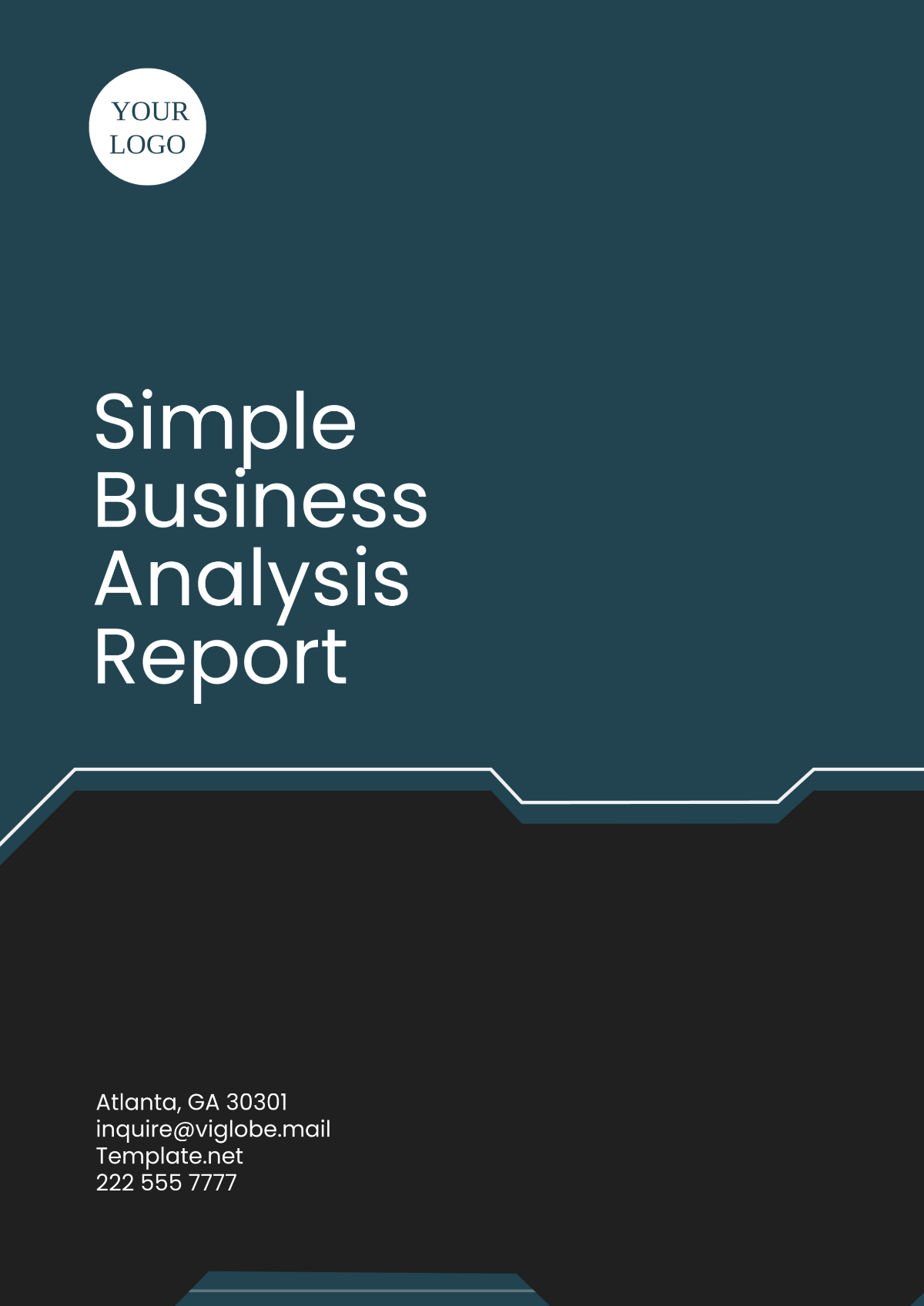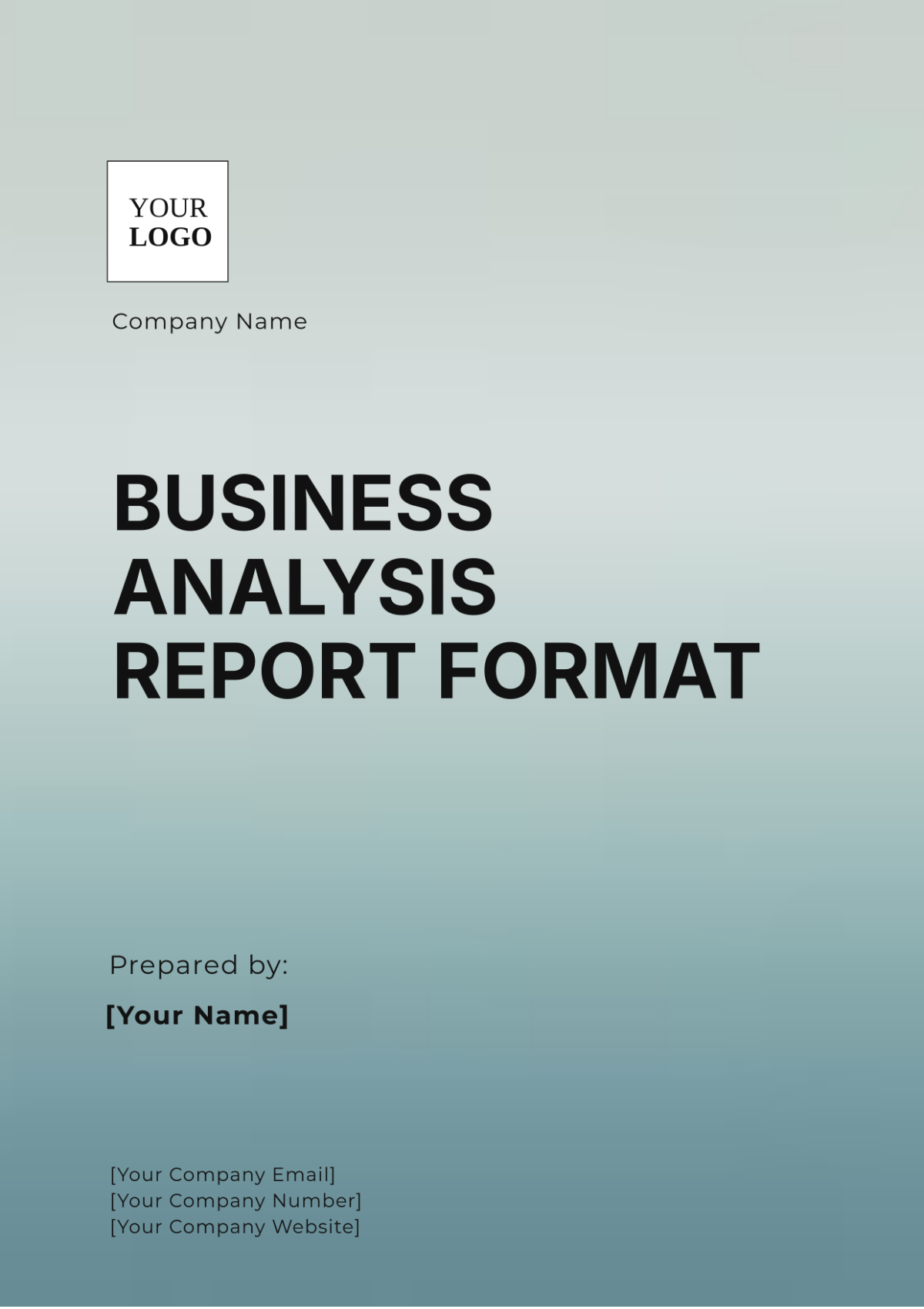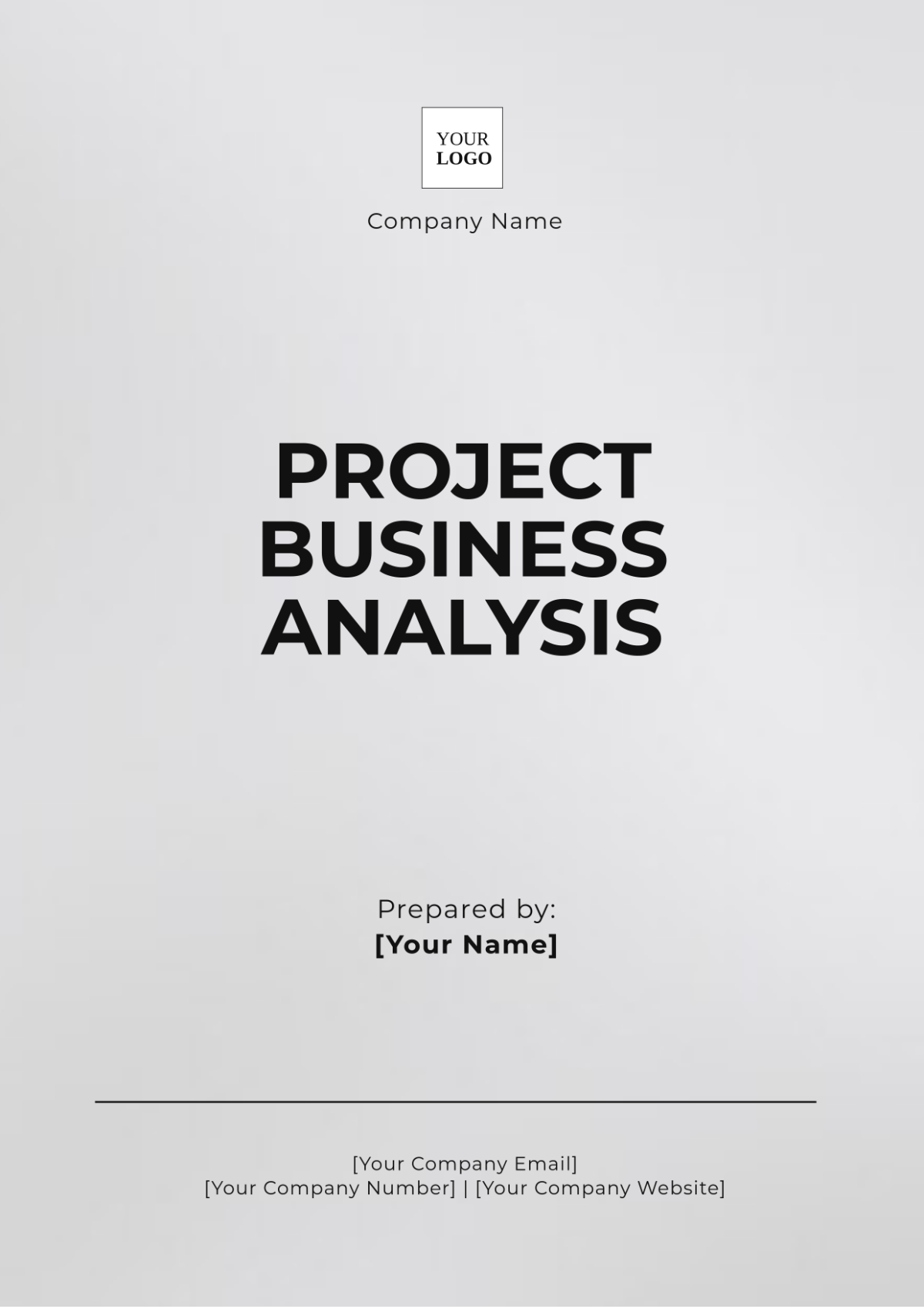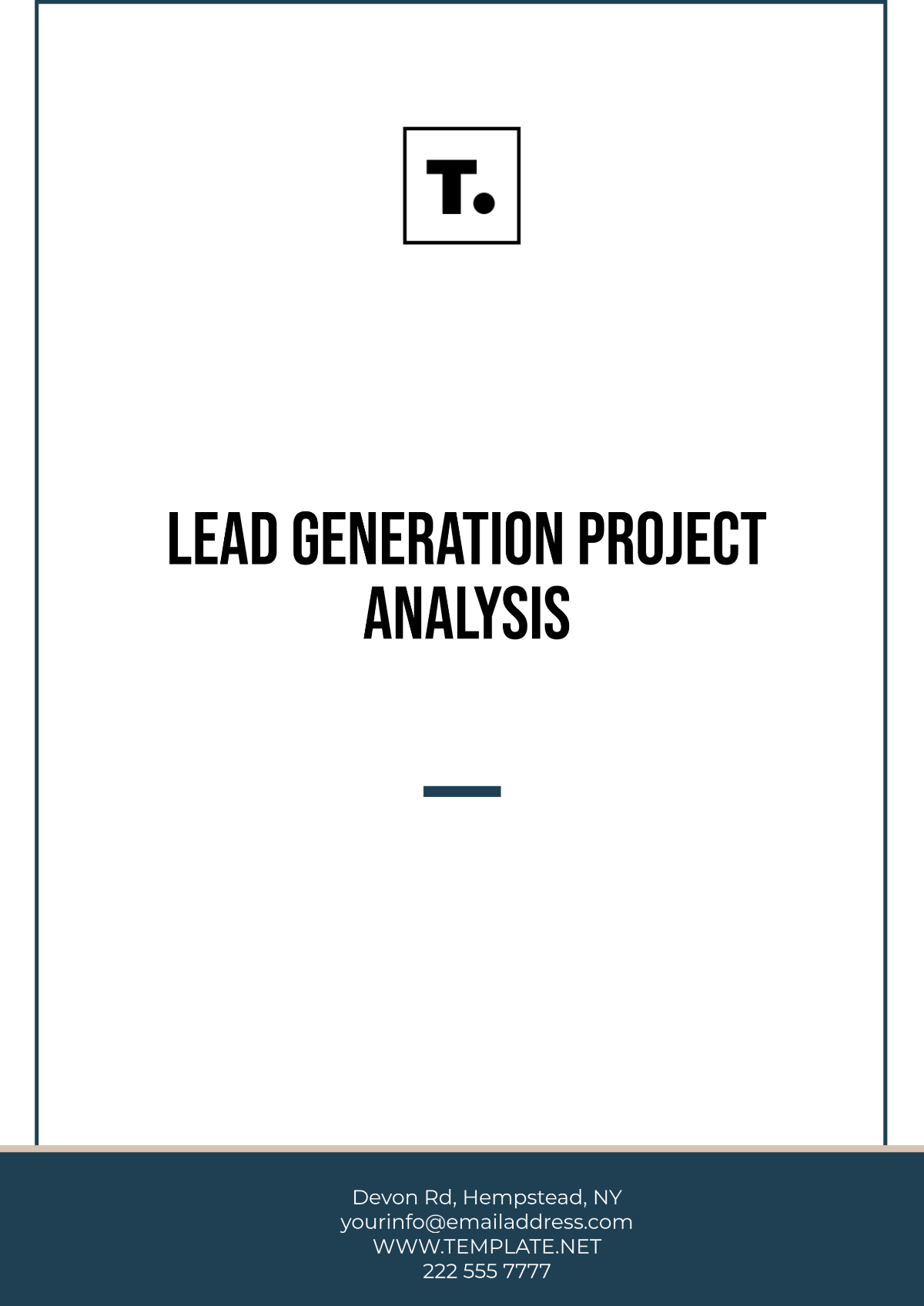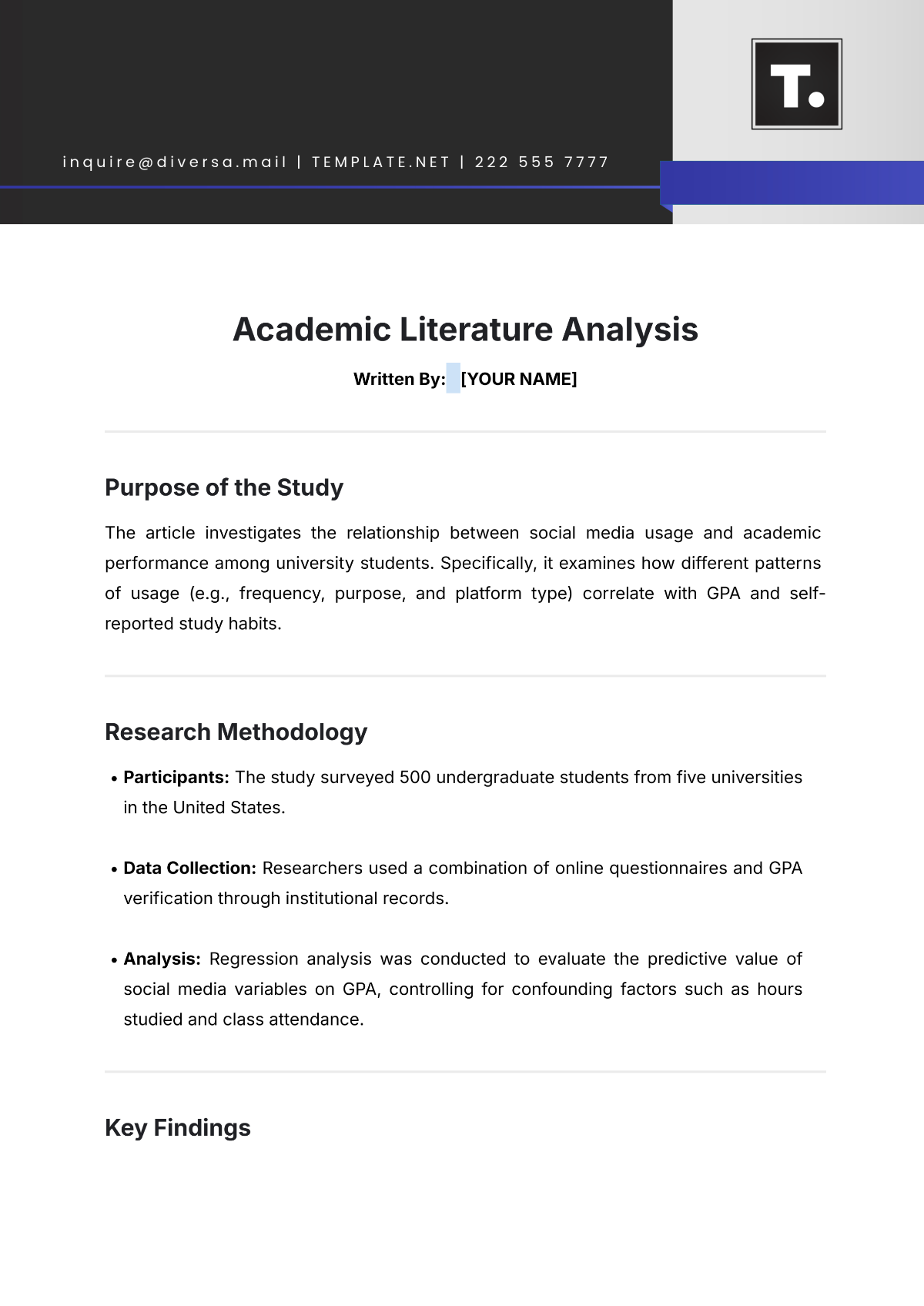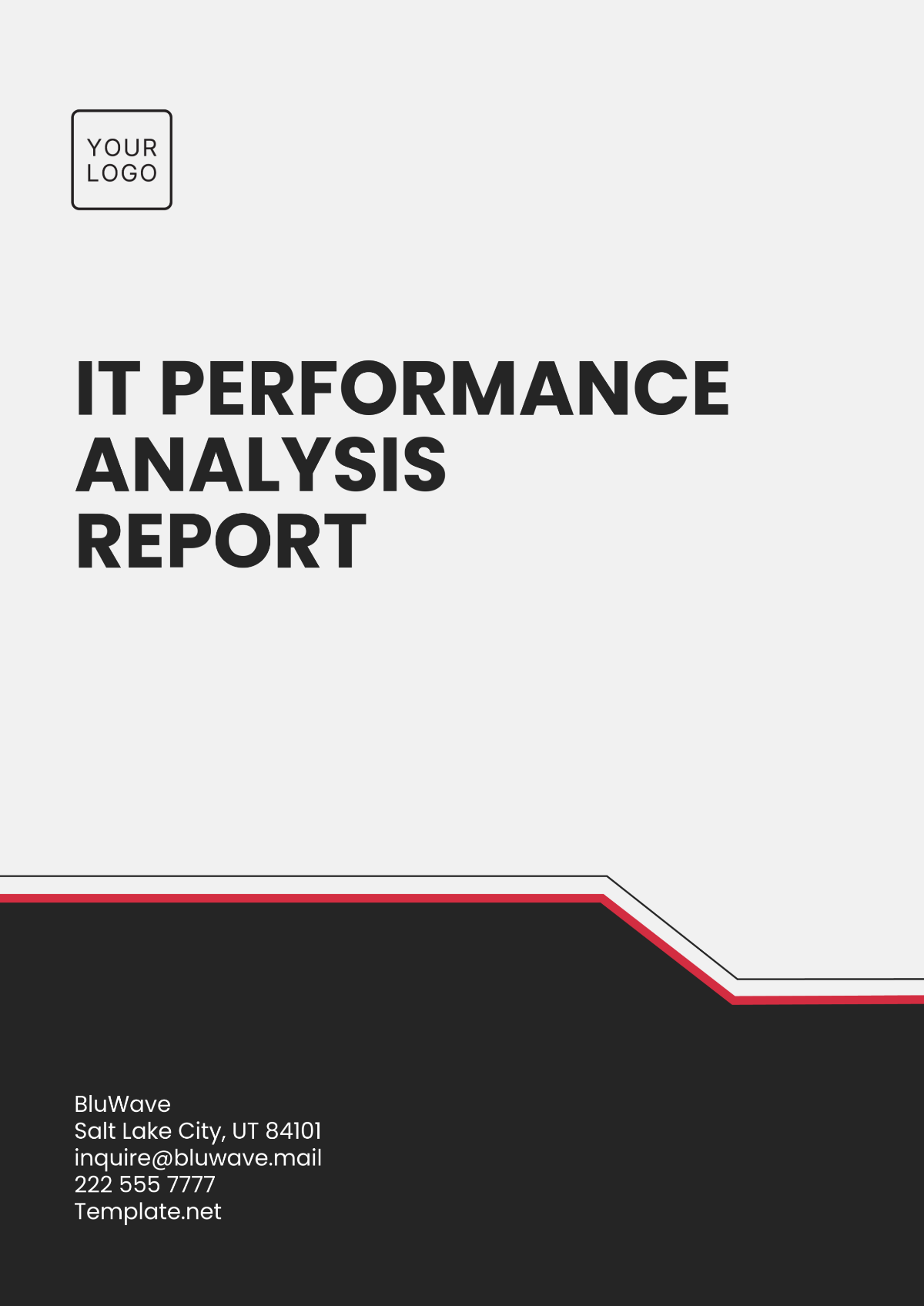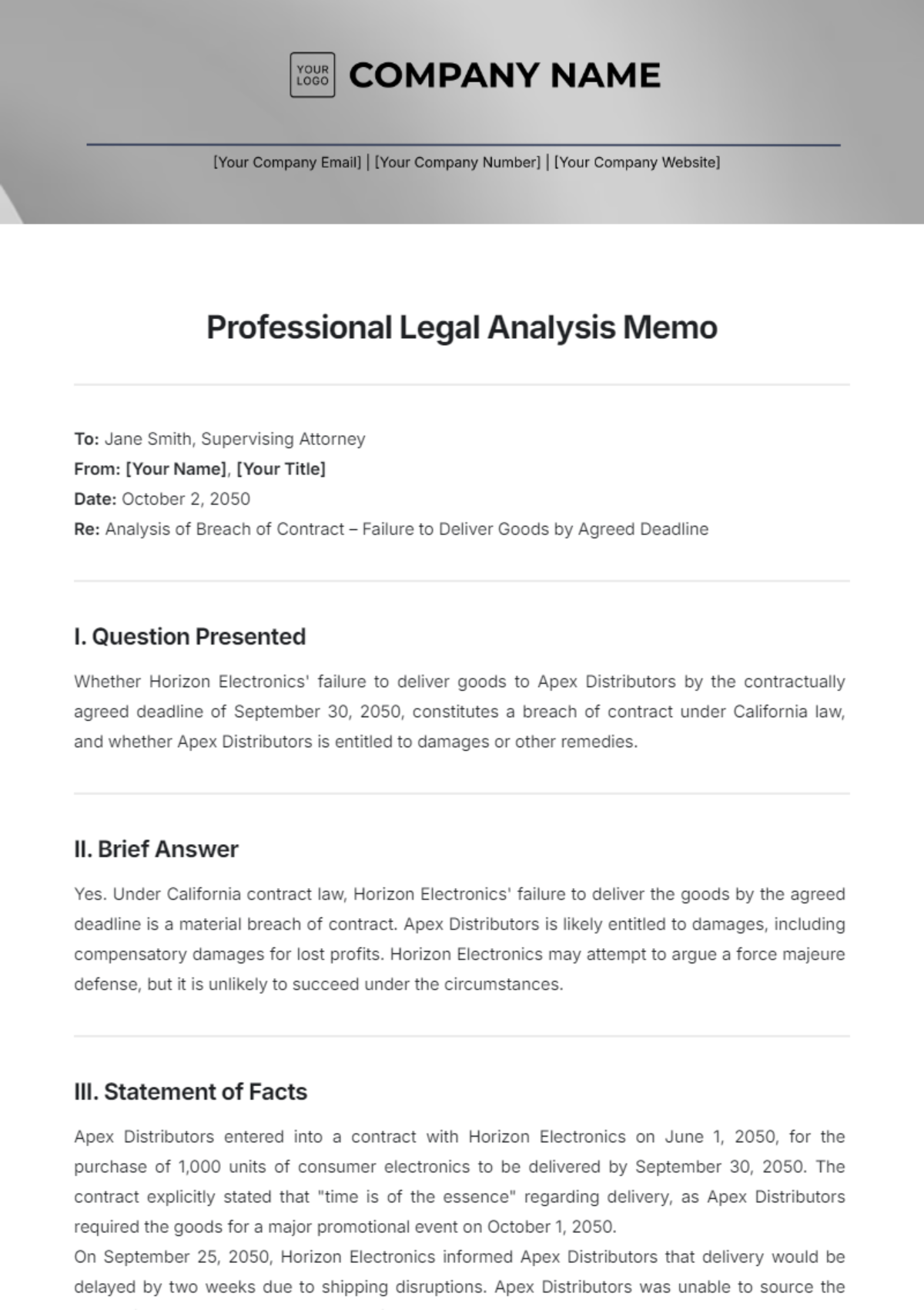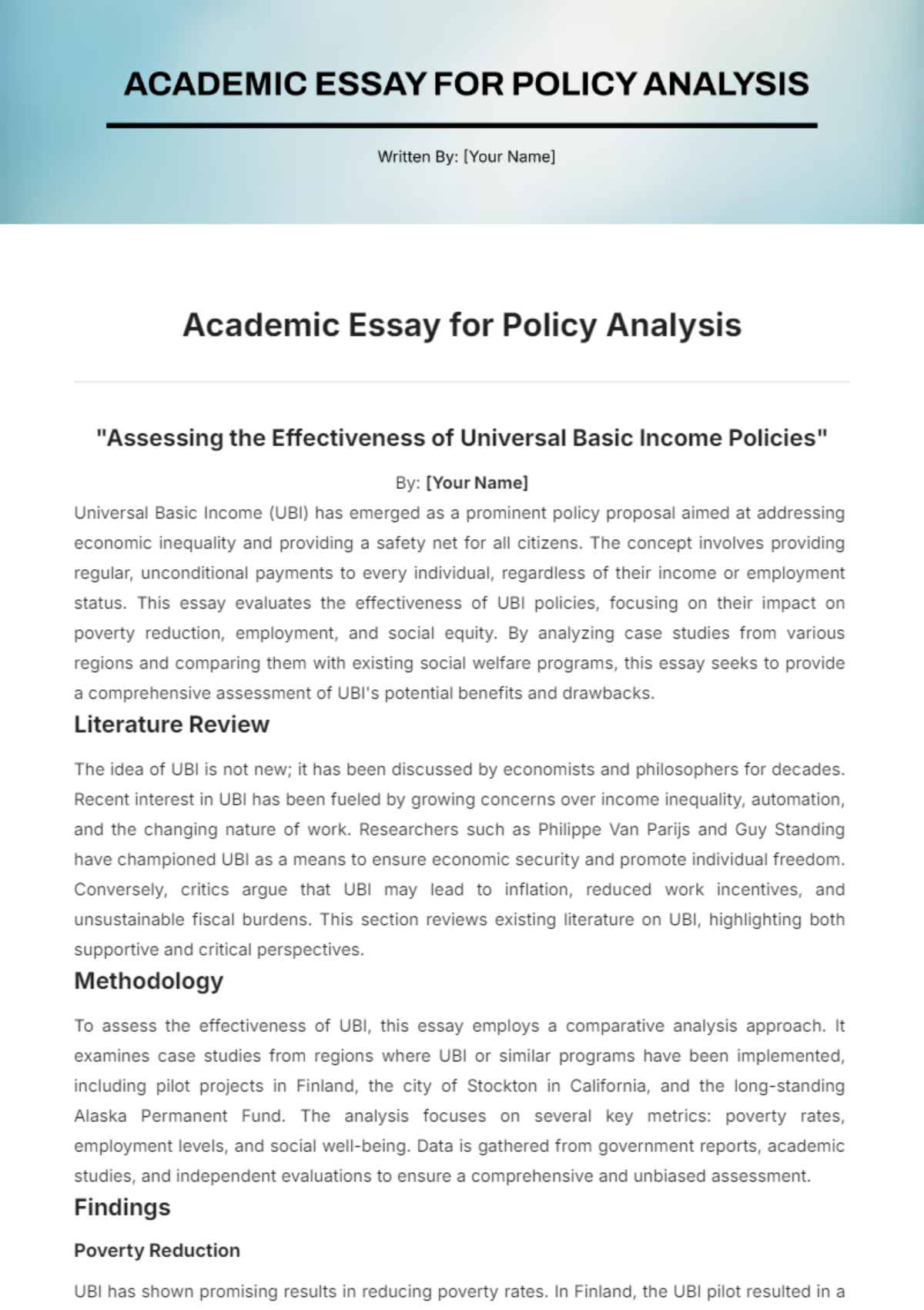Teacher Talk Discourse Analysis
Introduction
Teacher Talk Discourse Analysis examines the language and communication patterns used by teachers in classroom settings. This field of study seeks to understand how teachers' spoken interactions influence student engagement, learning outcomes, and classroom dynamics. By analyzing various elements of teacher talk, such as question types, feedback methods, and discourse structures, researchers can provide insights into effective teaching practices.
Significance of Teacher Talk
Teacher talk is a crucial component of the educational process. It serves multiple functions, including:
Delivering Instructional Content: Teachers use language to convey knowledge and facilitate understanding of the subject matter.
Managing Classroom Behavior: Effective communication helps maintain order and address behavioral issues.
Facilitating Student Participation: Strategic language use encourages student involvement and interaction.
Providing Feedback and Assessment: Feedback guides student progress and informs assessments.
Methodology
The study typically employs qualitative methods, such as classroom observations, video recordings, and transcriptions of teacher-student interactions, to analyze discourse. The collected data is then examined using various analytical frameworks.
Data Collection Methods
Classroom Observations: Observing teacher talk in natural classroom settings to capture authentic interactions.
Video Recordings: Recording sessions for repeated analysis and detailed scrutiny.
Transcriptions: Transcribing spoken interactions to facilitate in-depth analysis.
Analytical Frameworks
Systemic Functional Linguistics: Analyzing how language functions in social contexts and its role in communication.
Conversation Analysis: Examining the structure and organization of spoken interactions.
Discourse Analysis: Investigating how language shapes and reflects social practices and power dynamics.
Key Aspects of Teacher Talk
Question Types
Teachers use various types of questions to elicit responses and promote critical thinking. These include:
Question Type | Purpose |
|---|---|
Open-ended Questions | Encourage exploration and detailed responses |
Closed-ended Questions | Obtain specific, concise answers |
Rhetorical Questions | Emphasize a point rather than seeking an answer |
Feedback Methods
Feedback is essential for student development. Teachers use various feedback techniques, including:
Positive Reinforcement: Acknowledging and encouraging student successes (e.g., "Great job on the presentation!").
Constructive Criticism: Providing actionable advice for improvement (e.g., "You could improve your essay by...").
Guided Correction: Assisting students in correcting errors (e.g., "Let’s review this problem together.").
Neutral Comments: Offering observations without strong judgment (e.g., "You completed the task.").
Discourse Structures
The structure of teacher talk can significantly affect classroom interactions. Common discourse structures include:
Initiation-Response-Feedback (IRF) Pattern: A common sequence where the teacher initiates a question, the student responds, and the teacher provides feedback.
Dialogic Teaching: Encouraging open-ended dialogue and collaborative learning.
Monologic Teaching: Teacher-centered communication with less student interaction.
Findings and Discussion
Analysis of teacher talk reveals several important findings:
Effective Use of Open-ended Questions: Fosters deeper student engagement and critical thinking.
Constructive Feedback: Enhances student confidence and supports learning development.
Balanced Discourse Structures: Promote an inclusive and interactive classroom environment.
Implications for Teaching Practice
The insights gained from Teacher Talk Discourse Analysis can be applied to improve teaching practices. Recommendations for educators include:
Incorporate Open-ended Questions: Use them regularly to encourage exploration and discussion.
Provide Balanced Feedback: Offer constructive and positive feedback to support student growth.
Adopt Dialogic Teaching Methods: Foster interactive and student-centered learning experiences.
Conclusion
Teacher Talk Discourse Analysis offers valuable insights into the intricacies of classroom communication. By understanding and optimizing their verbal interactions, teachers can create more effective and inclusive learning environments. Continued research in this field is essential for advancing educational practices and improving student outcomes.


















